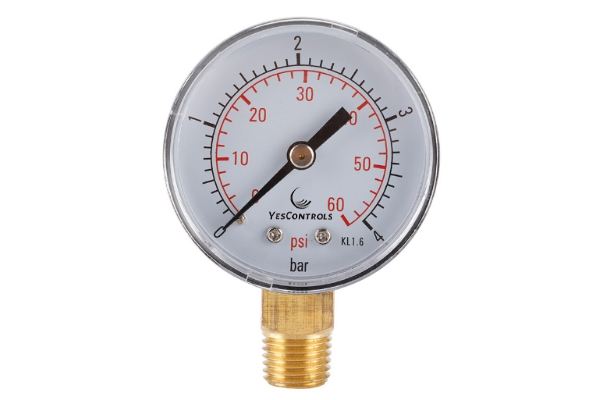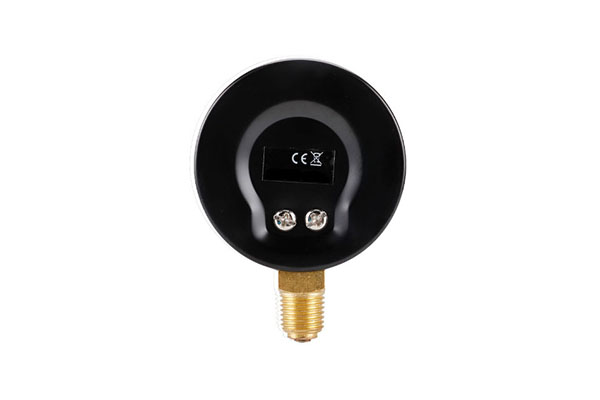
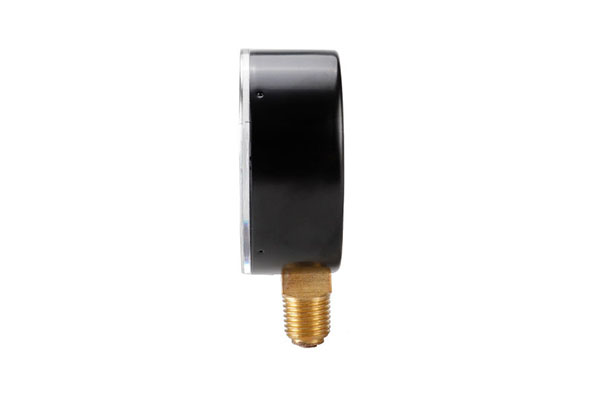
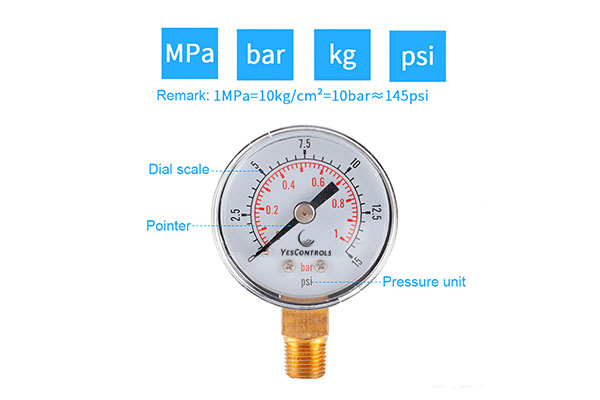
The provided diaphragm pressure gauge can be used as a water pressure gauge, air pressure gauge, and oil pressure gauge. Dual scale display (bar&psi), dial diameter of 40mm, waterproof stainless steel, connection with 1/8 "BSPT thread specification. Pressure gauges ranging from 0 to 1 bar/0 to 15 psi are mainly used for pressure detection in industries such as metallurgy, power, petroleum, and chemical.
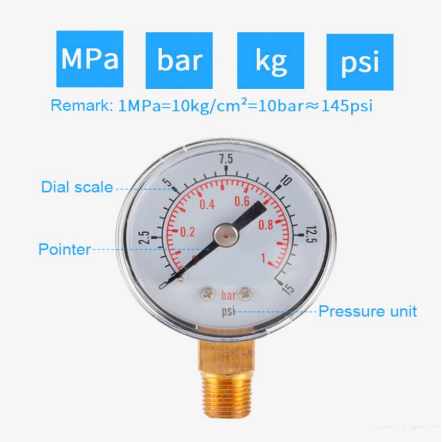
Pressure gauge, with a diameter of 40mm dial, 1/8 installation diameter, BSPT thread, measuring range of 0~15psi&0~1bar.
1. 0-15psi pressure gauges can be used as water pressure gauges, air pressure gauges, hydraulic gauges, and oil pressure gauges.
2. The circular dial adopts a stainless steel shell, which is corrosion-resistant. The diaphragm pressure gauge provides clear readings and is weather resistant.
3. Brass and stainless steel fittings for measuring the pressure of non corrosive liquids and gases. Such as pressure testing for water, oil, fuel, coolant, air, CO2, nitrogen, argon, etc.
4. Dual scale pressure gauge (0~15psi/0~1bar). The display accuracy is 2.5% across the entire instrument range.
5. It also features a lower mounted male connector with 1/8 "BSPT thread.
application
A pressure gauge is a commonly used measuring instrument for displaying and controlling pressure. Diaphragm pressure gauges are widely used in industries such as chemical, petroleum, metallurgy, mining, and power production, especially in automotive repair workshops, heat pipe networks, water and gas supply systems, etc.
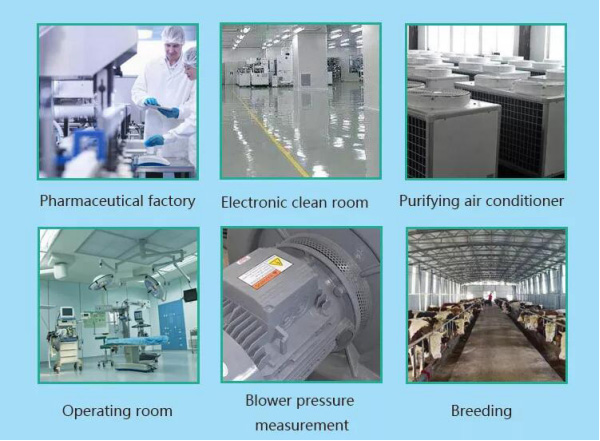
common problem
Q1: What is a pressure gauge?
A1: A pressure gauge refers to an instrument that uses elastic elements as sensitive components to measure and indicate pressures higher than the environment. It is used in almost all industrial processes and research fields, mainly for thermal pipelines, oil and gas transportation, water and gas supply systems, and vehicle maintenance. Mechanical pressure gauges, especially in industrial process control and technical measurement processes, are becoming increasingly popular due to their high mechanical strength and easy production of elastic sensitive components in maintenance workshops.
Q2: How does a pressure gauge work?
A2: The pressure gauge transmits pressure deformation to the pointer through the elastic deformation of sensitive components inside the watch (Bourdon tube, diaphragm box, bellows), and then rotates the pointer through the conversion mechanism of the watch movement to display pressure. This is the working principle of a pressure gauge.
Q3: What is a pressure gauge used for?
A3: Pressure gauges are both pressure gauges and water pressure gauges, mainly used for pressure detection in industries such as metallurgy, power, petroleum, chemical, light industry, and machinery. The pressure gauge relies on measures such as internal filling of damping oil and supporting buffering devices, which have good impact resistance. Suitable for situations where the pressure of the measured medium undergoes strong pulse changes or pressure impacts, and is often suddenly unloaded during production, as well as environmental vibrations. Pressure gauges can measure the average pulsating pressure of gases and liquids, thereby overcoming the damage caused by strong pulses of the medium and environmental vibrations, and ensuring the accuracy of readings.
Kind reminder: What is a diaphragm pressure gauge?
The pressure gauges from 0 to 300psi are all diaphragm pressure gauges. Diaphragm pressure gauges are suitable for measuring the pressure or negative pressure of various fluid media with certain corrosiveness, non solidification or non crystallization. The corrosion resistance depends on the diaphragm material.
Technical indicators
External dimensions
Model: YES-TS-Y408-15psi.
Dial diameter: 40mm.
Installation method: radial.
Range: 0~15 psi, 0~1 bar.
Installation diameter: 1/8.
Thread specification: BSPT.
Size: 6x4x2.5cm.
Material: Stainless steel.
Packaging size: 8.5x6.5x4.5cm.
Product weight: 44g.
Packaging weight: 60 grams.
External dimensions
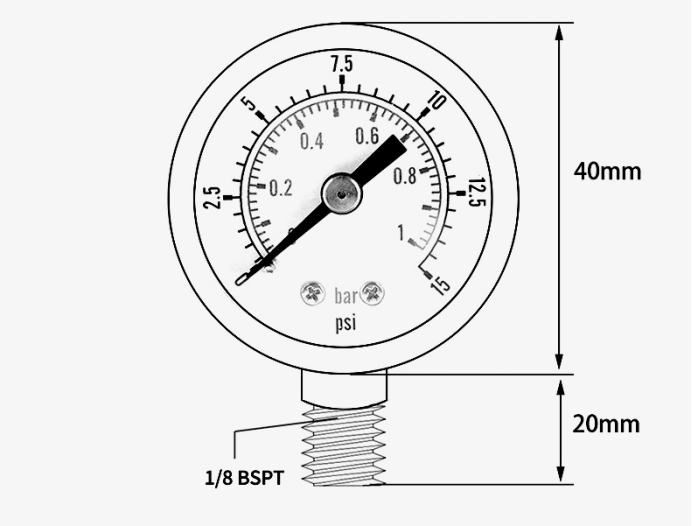

 CN
CN

